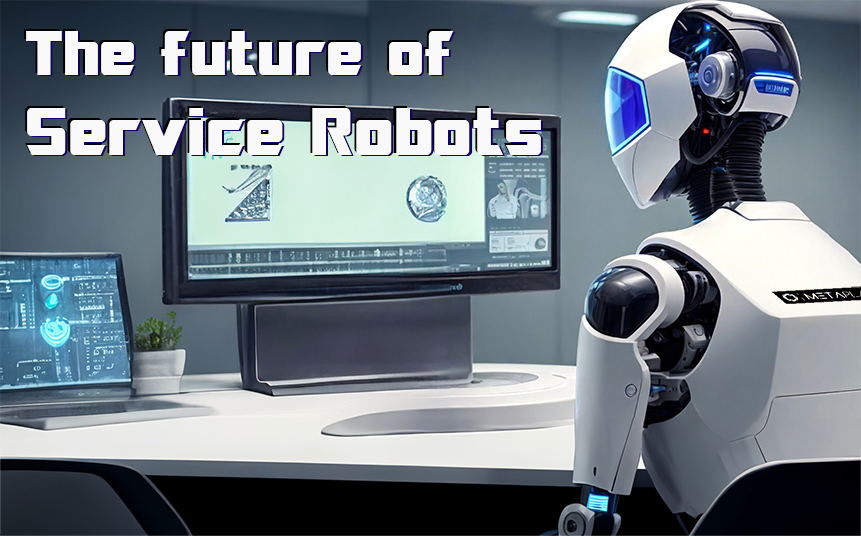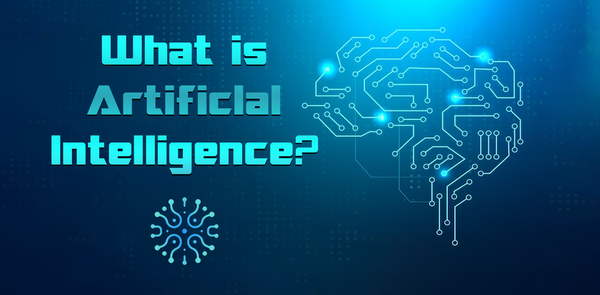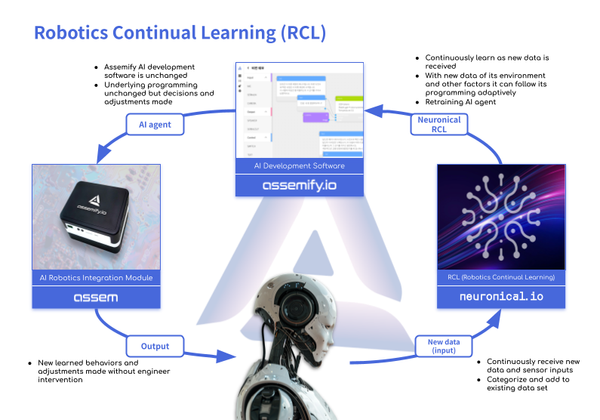Service robots and AI
Leveraging AI, service robots are poised to break into new markets and expand on current offerings becoming more useful to those that employ them.

Other language(s): 한국어(Korean)
- Service robots and AI
- What is a service robot?
- Rapid Growth in Adoption
- How AI Will Impact Service Robots
- Service robot AI integration benefit examples
- Closing
The adoption of service robots has seen a significant surge recently, revolutionizing various industries and transforming the way businesses are operated. From assisting customers in retail stores and restaurants to enhancing productivity in warehouses and logistics, service robots are becoming indispensable assets in diverse settings. Let's dive into the remarkable growth and multitude of use cases of service robots in today's world and how AI in service robots will revolutionize this space.
According to ISO 8373 robots require “a degree of autonomy”, which is the “ability to perform intended tasks based on current state and sensing, without human intervention”. For service robots this ranges from partial autonomy - including human robot interaction - to full autonomy - without active human robot intervention.
Service robots are categorized according to personal or professional use. They have many forms and structures as well as application areas.
Rapid Growth in Adoption:
The market for service robots has experienced exponential growth, with forecasts predicting further expansion in the coming years. Factors such as advancements in Artificial Intelligence (AI), SLAM (Simultaneous Localization And Mapping) technology, AMR (Autonomous Mobile Robots), robotics and the increasing demand for automation solutions have helped fueled this growth. According to recent data, the global service robot market is expected to show an annual growth rate (CAGR 2024-2030) of 11.74%, resulting in a market volume of US$16.14bn by 2030.


How AI will impact service robots
Current service robots in the market are using SLAM which allows it to map and autonomously navigate the pre-learned location. With AI integration, robots will not only rely on pre-learned information but also be able to incorporate Continuous Learning algorithms and make decisions on new data without having to be taught by an engineer. On top of its ability to learn new things AI integration will allow these service robots to cover much more ground in the context of service. Current models are pre-trained to move back and forth and wait for signals from operators to initiate next steps. AI integrated service robots will rely less on operator inputs and operate far more efficiently without intervention and maintenance from SLAM engineers and the service robot companies.
- Customer Service: Front facing service robots can expand their current abilities to not only shuttle things back and forth or give pre-programmed responses but just like a human employee, they will be able to answer complex, un-preprogrammed questions such as “What is in this dish?” or “What are some popular tourist attractions near this hotel?” in any language and handle situations typically robots are not preprogrammed to do.
- Safety and Maintenance: Robots serving in buildings such as airport cleaning robots can expand their current abilities to not only clean but also check on regular maintenance such as checking fire extinguisher labels, checking and reporting on electrical issues, monitoring and reporting security and safety.
- Healthcare Support: Health care robots are currently serving as delivery and go betweens for doctor to patient communication, with AI integration healthcare robots can also assist with basic symptom monitoring and information relays. A patient may be curious when their next appointment is and would not have to wait on a nurse or front desk to inquire.
- Warehouse Automation: In logistics and manufacturing facilities, service robots automate material handling, inventory management, and order fulfillment processes. They optimize warehouse operations, increase efficiency, and reduce labor costs. With robots being able to understand natural human speech, a complex HMI or UX requires a team of dedicated trained engineers whereas AI integration would drastically streamline programming and maintenance procedures can lead to significant cost savings and reduced training expenditures.
- Accessibility: Leveraging AI’s strengths, service robots will not only be able to do tasks as programmed but to be flexible in the way it services people and businesses. Helping aid peoples with disabilities via voice and visuals and even physically guiding them to locations for people with certain disabilities.
Closing Thoughts and Takeaways
The use of service robots across industries signifies a paradigm shift in how tasks are performed and services are delivered. With increased versatility, adaptability, and efficiency; service robots are poised to play an increasingly prominent role in shaping the future of work and daily life. Leveraging AI, service robots are poised to break into new markets and expand on current offerings becoming more useful to those that employ them. This should allow the service robot market to outperform current growth projections and be employed in greater numbers than forecasted.




